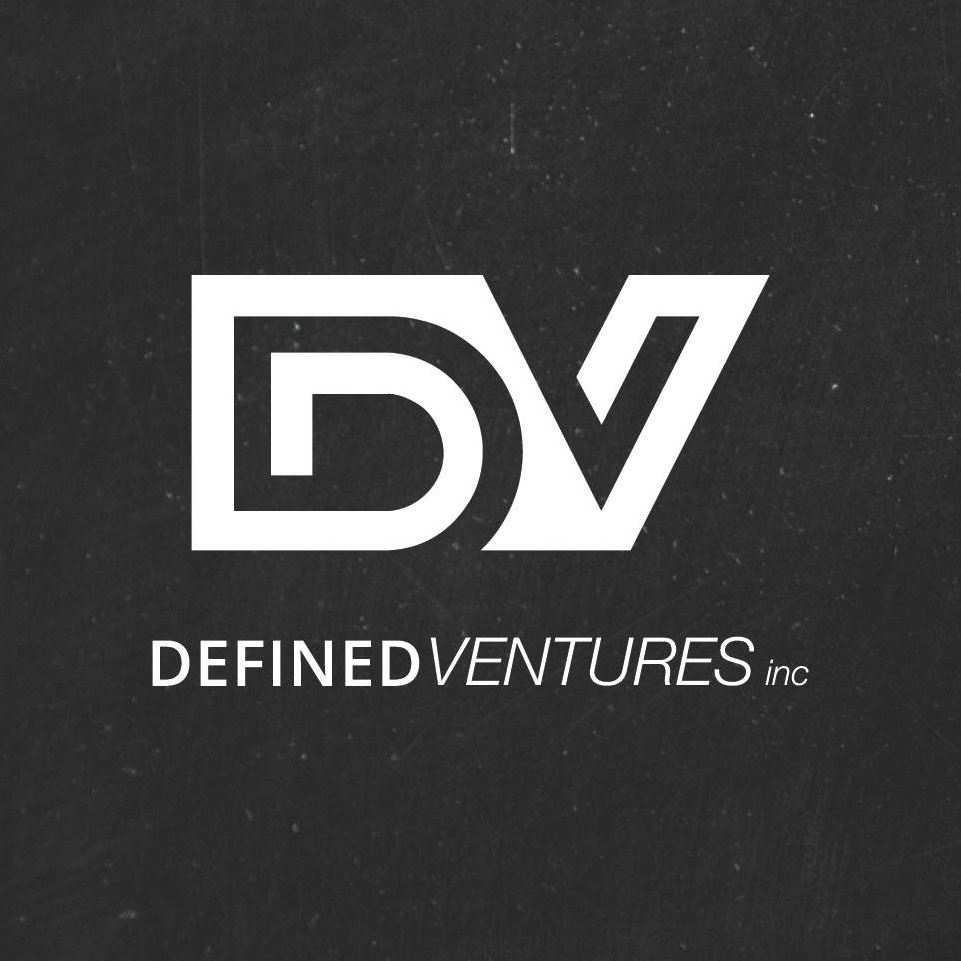The SaaS software industry is booming with business! It’s fantastic news for providers, who are reaping the benefits directly. But new and improved cloud-based SaaS platforms can seriously benefit businesses, too, in ways that can significantly impact SMBs’ ability to achieve success in today’s global market.
The shift to SaaS started slowly about a decade ago, and at first, it seemed a bit like little more than a fad. Enterprise software solutions remained king; most people assumed early SaaS platforms would simply wither away quietly into the darkness of an exploding software market.
As the gig economy ramped up, millennial workers entered the workforce and began demanding more flexible working conditions. Businesses had to find ways to securely contend with telecommuters, freelancers, gig workers, and other non-standard entities, all while somehow simultaneously making it possible to expand internationally for sales or human resources.
An avalanche of new technologies, including social media platforms, suddenly meant most businesses had very complex tasks to complete and enterprise software just wasn’t keeping up.
These are just a few of the reasons SaaS software came into existence in the first place, but what about today? Though the concept of SaaS is not new, how these platforms provide service to users is changing, and for the better. By providing SMBs with highly-targeted features and benefits just like these, SaaS providers massively increased demand at the same time.
Improved Remote Connectivity
We live in a world where more people than ever rely on mobile devices like smartphones and tablets to connect with work. Global business is on the rise, and in many cases, people are working from home or as digital nomads. Even the gig economy and millennial workforce has a role to play in how, where, and when we do business.
America’s increasingly high demand for improved connectivity from anywhere is a major player in the booming SaaS industry. In a situation where workers connect to the company platform from smartphones or even at-home computers, it doesn’t make sense to use self-hosted intranet-based software. Doing so introduces unique security risks and makes the entire process far more cumbersome than it needs to be.
Conversely, SaaS is easy. Many of the best platforms offer smartphone apps, computer programs, and even web login options that extend working ability to virtually anywhere with internet access. Because SaaS software providers specialize in platform security and stability, businesses no longer need to sink thousands of dollars into hardware and software security on-site. The business can focus in day-to-day business, while the SaaS company takes care of everything else.
In the millennial market and gig economy, the use of SaaS may even make a business more competitive. Because it’s easier for these businesses to cater to millennial needs, they’re much more likely to retain special talent and attract the best-of-the-best.
Easier Updates & Upgrades
Those of you who entered the job market in the late ‘90s and early ‘00s likely remember the pain of working with outdated software platforms. Windows 3.1, Windows ME, and even Windows XP all suffered from both serious security issues and enormous limitations as they reached the end of their natural life cycle.
Although Microsoft is now much better at rolling out updates, security patches, and even automated upgrades to the “latest and greatest” platform, there was a time when this simply wasn’t the case. If you wanted the latest Windows platform, you had to backup your data, totally uninstall your current operating system, and then purchase and install the latest upgrade. For businesses with multiple computers, this became extremely expensive; that’s why many businesses stuck with older copies of Windows XP. Windows is just an example here; nearly every business software provider maintained the same trajectory up until just a few years ago.
SaaS is, in many ways, the answer to cumbersome updates and upgrades. Because the software exists as a service on the provider’s network, there’s only one mainframe to update. Individual customers and clients don’t need to worry about hiring IT staff, dealing with bugs and glitches, covering security holes, or fixing problems if and when they occur. Instead, the software provider takes care of software hosting, updates, upgrades, and glitch fixes. It’s cheaper, easier, and produces much less hassle for businesses.
All-in-One Collaborative Platform
One of the other heavy limitations business and enterprise had until just a few years ago was function. If you wanted to run an email marketing campaign, handle social media posts, review accounting, provide customer service representatives with access to accounts, and handle recruiting for the business all at the same time, you had to purchase a different software program to address each individual need.
As we mentioned before, each of those platforms required individual attention and occasional upgrades or updating. Worse yet, there was a high risk for conflicts, bugs, glitches, lost data, and just generally unreliable shenanigans depending on which platforms you used. It became a job all on its own to manage each platform, leading to loss of revenue, downtime, increased expenditures on multiple software programs, and just plain lackluster results.
The best of today’s SaaS platforms and programs ameliorate that issue. Programs either boast additional functionality directly, or if they don’t, they at least integrate with other platforms to allow users access to the options they need.
CRM software is an excellent example. A decade ago, it was little more than just a place to store customer information and record notes. Today, most SaaS CRMs let users handle just about everything from account management to billing and even social media integrated communication channels. Some CRMs even go the extra mile to provide access to communication channel queueing, project management, and even data analysis from within the same platform.
Cheaper Software Solutions
Comparing old to new once again, we see that older enterprise software solutions were very often exhorbitantly expensive. For anything but large, sprawling enterprises, they became effectively out of reach and unattainable without putting extreme pressure on assets or business capital. As most of these platforms targeted corporations and very large enterprises, they just weren’t suitable for the average SMB.
Today, SaaS is rapidly reducing costs for software solutions by allowing businesses to hop in at whatever budget best suits them. Instead of paying tens of thousands out of pocket for software, SMBs can pay a micro-fraction of that amount to gain monthly access to a platform boasting all of the same benefits and more.
There is a small downside — businesses don’t retain ownership of the software once they purchase it. But this is honestly a negligible issue. The software industry evolves so fast now that any SaaS software you use today is likely to be of little value in a year — that’s why automated upgrades and updates are so beneficial. In many ways, you’re saying on both the investment and the upgrade/improvement phase, too.
Infinite Scalability
SaaS’ main benefit lies in its scalability. Unlike enterprise software, SaaS platforms allow access from one user, two users, 10 users, 20 users, or 20,000 users, often on as as-needed basis. If you’re just getting started, that’s the perfect way to access the software you need without overextending your tiny ramp-up budget in the process.
Because SaaS is a service, you can simply increase or improve your service plan when your business grows. Tiered pricing works exceptionally well for SMBs, who can access only what they need without paying for exceptionally expensive portions or volume licensing options they’ll never even come close to using.
Improved Data Security
The last item on this list is likely the most important reason for a shift to SaaS programs: data security. Businesses need only read about the recent Equifax hack to realize that companies can seriously fail to keep data secure from thieves.
When businesses store software and customer account data locally, all it takes is one malicious employee or hacker to gain access to the information before it’s up for sale on Dark Web markets. Even taking computers offline isn’t foolproof; malicious employees can still steal hard drives full of data or even make off with laptops and devices completely.
Whether your concern is with users accessing the software or would-be criminals, SaaS still ameliorates some of the issue by backing information up into the cloud. Advanced security protocols and standards ensure that the provider knows when anyone’s attempting to do something they shouldn’t, so they can lock it down and stop the issue before it blows up.
Data loss is also a significant concern. Self-hosted enterprise software can fail, and when it does, the resulting fallout can be absolutely traumatic. The outcome can range from paying a few thousand dollars to recover the data to shutting down the business due to loss of revenue altogether. Frighteningly, an incredible 58 percent of all businesses say they do not feel prepared for data loss across every level of business.
So how exactly does using SaaS benefit data loss? Most providers take daily (or even hourly) backups of your data. If something goes wrong, such as a faulty hard drive or a flood, the information stays safely tucked away on another of the provider’s server racks. All they need to do is restore the version and you’re back in action. A few lost hours of data is much better than days or weeks.
President and founder of DVI, Aaron Boerger realized early in life that he had a unique combination of x-ray vision and business acumen for seeing the weaknesses that held businesses back – and the ability to define the right tools, technology and strategy to make them stronger.
From founding a successful technology support business in his early teens, to serving as Chief Operating Officer for several companies in the financial, technology and marketing industries, Aaron has developed a reputation for reinventing technology implementation tactics – and the willingness to tell people not what they want to hear, but what they need to hear, in order to achieve success without overwhelm.
Aaron will always go the extra mile to provide the accountability and support his clients need to achieve their goals, yet isn’t afraid to tell them when they are doing something wrong.

